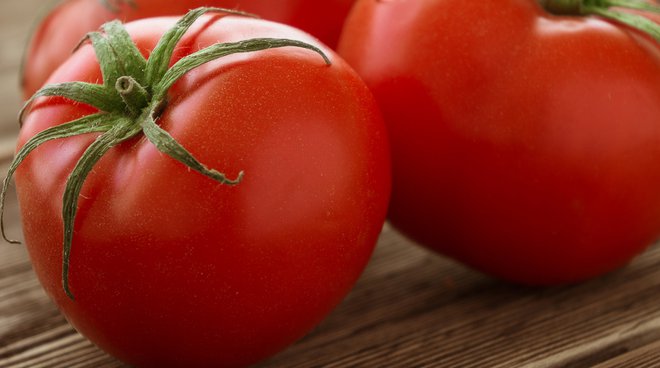Healthy and Sustainable
FATS
Lipids, or fats, which are present in most animal-based and plant-based foods, are essential for the human body.

Lipids, or fats, which are present in most animal-based and plant-based foods, are essential for the human body.
They are the most effective energy reserve: one gram of lipids provides 9 calories, double that of sugar and protein.
Fat comes in a solid or liquid form and is present in a small or medium amount in meat and dairy products, in a large amount in plant seeds, but absent (or as trace element) in fruit and vegetables, including tomatoes. In liquid form, such as vegetable oil (olive and seed), it provides 100% lipids, while solid fat margarine and butter an average of 85%. The rest is water and other substances; in the case of butter a little more than 1% comes from lactose (the sugar in milk).
Double layer of energy
When we eat, we introduce macro-nutrients (protein, sugar and fat) which the body transforms into energy.
When the energy intake is greater than that consumed, the excess amount is transformed into fat deposits which act as an energy reserve.
Our body accumulates it to be able to have energy even when there is a shortage of food. Today, food shortage is present only in severely depressed areas of the planet, while in western countries accumulated fat leads to obesity.
Like oilskin, like a cushion
But fat has more than just an energy function: as it is not soluble in water it acts as a waterproofing element.
It is an important component of cell membranes, of myelin which insulates nervous fibers, of the layer which protects the skin and hair.
Fat has structural but also protective functions: the layer of fat around the joints and vital organs serves to protect them from traumas, the layer present in our body acts as thermal insulation.
Fat is necessary!
Fat facilitates the absorption of lipid-soluble vitamins A, D, E and K.
An excessive reduction of lipids in the diet may lead to the shortage of these vitamins.
An adult’s daily calorie requirement from fat ranges from 25% to 30% of that consumed, a proportion which increases for athletes, for those who use up lots of energy and for growing children.
Saturated and unsaturated fat
Besides the quantity of calories it is also necessary to consider the quality of fat.
According to its chemical composition it can be classified into two categories: saturated (animal world) and unsaturated (plant and animal world). It should always be taken in a balanced proportion, without eliminating one or the other: out of 100% of the energy provided by the total fat, approximately 38% must come from saturated and 62% from unsaturated fat.
Saturated fat is usually solid, and found in meat, eggs, seafood, fish, lard, cream and butter.
Some plant-based food can contain saturated fats: palm oil for example, coconut, margarine and, in reduced amounts, also nuts like peanuts, almonds and walnuts.
Saturated fat is useful in a balanced nutrition, but it should be eaten in moderation because it contains cholesterol. 80% of the cholesterol essential for life is produced by the liver and 20% comes from the food that is eaten.
Unsaturated fat is almost always plant-based and is usually liquid. It is present in oil made from olives, sunflowers or various seeds, in nuts, but also in some animal-based foods such as milk and by-products, fish oil and in fished products in general.
Unsaturated fat is, in turn, classified as monounsaturated or polyunsaturated.
The former is found primarily in oils, polyunsaturated fat also in fish, nuts and oils.
The fatty acids of this last type include omega 6 and omega 3 which are very useful in preventing important cardiovascular diseases and certain types of cancer. Omega 3 are found in large amounts in corn oil and sunflower oil, omega 3 and omega 6 in bluefish and in salmon. Together with omega 9 they are called essential fatty acids because the body cannot synthesize them: they can only come from the food that is eaten.
Worth knowing
As we have seen, fat is not unhealthy; it is a macro-nutrient which is essential for development and for daily energy consumption.
It is not true that fat “makes you put on weight”: everything makes you put on weight, it depends on how much you eat of it and how many calories you burn. It is wrong to make a distinction between good fat, i.e. that of plant origin, and bad fat, i.e. that of animal origin.
Fat is useful to the human body because it provides energy and for all the other functions which are essential for health.
The contents of this article are in accordance with the parameters set out by the European Food Safety Authority - EFSA.
NEWS
ALSO IN FOOD TRENDS
Healthy and Sustainable
Health and tomatoes: low-calorie recipes
Integrating low-calorie recipes into your diet is essential for anyone aspiring to maintain a healthy, balanced lifestyle. In this context, the tomato stands out as an ingredient known both for its nutritional value and versatility in cooking.
Healthy and Sustainable
What to add to puree? The right sauce for every taste
Tomato sauce is a classic of Italian cuisine and, starting with the basic recipe made with sautéed onion and basil, this delicious sauce can give you unforgettable moments of flavor!
Healthy and Sustainable
Recipes with grains for a cool summer
Four delicious recipes with grains, excellent also chilled, for a cool summer.


